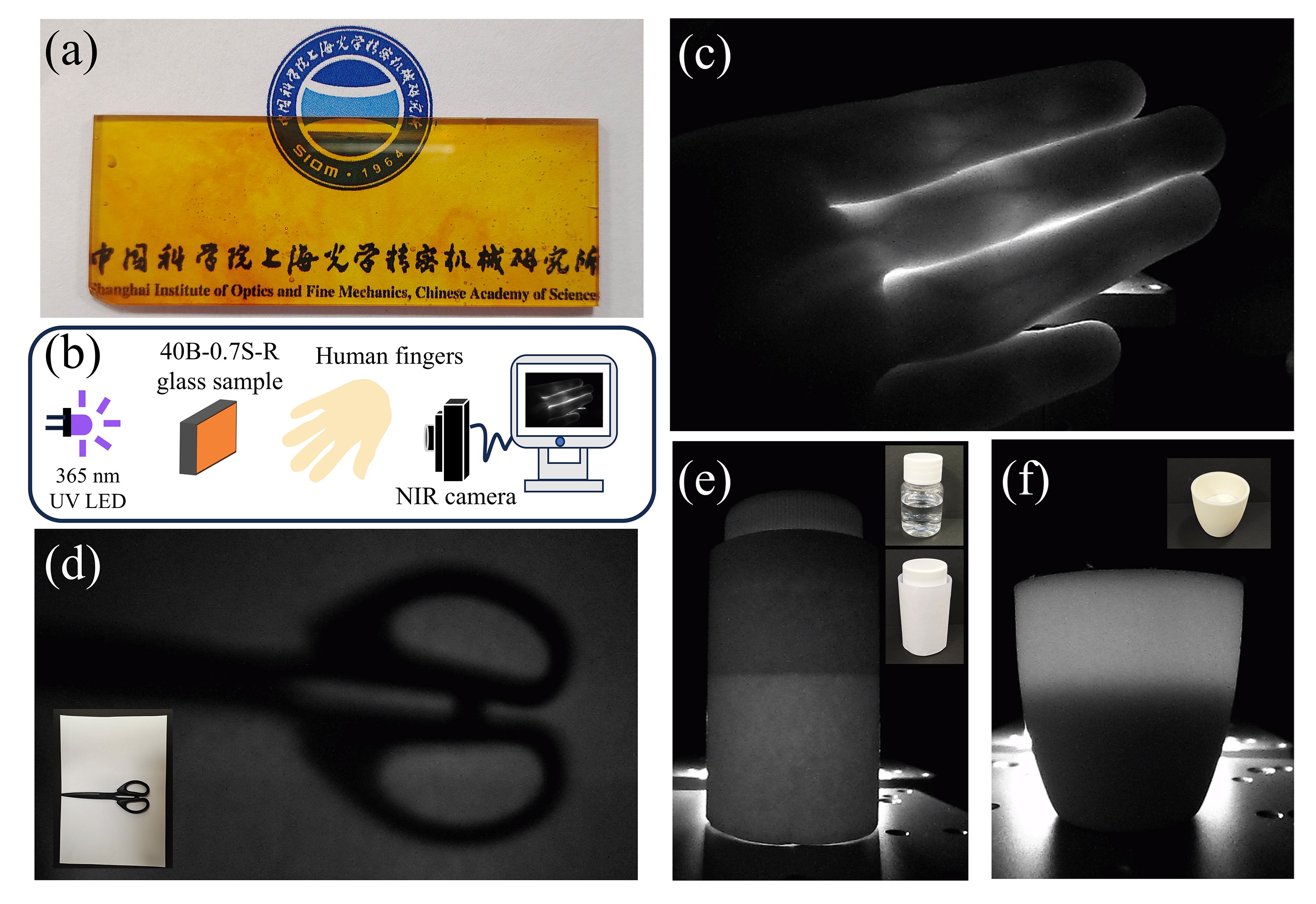
Researchers Make Progress in Broadband Near-Infrared Fluorescent Glass
Near-infrared (NIR) analysis techniques have increasingly widespread applications in fields such as medical imaging, night vision technology, and non-destructive testing. However, existing NIR materials still face limitations in luminescence efficiency and spectral range, particularly in applications requiring broadband NIR emission. Traditional NIR materials typically rely on rare-earth elements, which are not only costly but also limited in resources. Therefore, the development of novel materials with high efficiency, low-cost, and broadband NIR luminescent has become a major research focus.
Recently, a research team from Shanghai Institute of Optics and Fine Mechanics, Chinese Academy of Sciences, has achieved significant progress in the development of novel NIR borate glass materials. Spectroscopic analyses, including photoluminescence (PL), absorption (Abs), electron paramagnetic resonance (EPR), and Raman spectroscopy, suggest that the NIR emission originates from the impurity Fe3+ in the glass. Under a reducing atmosphere, F⁻ or S²⁻ substitutes an O2− position in tetrahedral Fe3+ (impurities), leading to an increase in the asymmetry of the Fe3+ tetrahedral, which enhances NIR emission originating from the 4T1(4G)→6A1(6S) transition of Fe3+. Additionally, the team developed an NIR glass-converted LED (gc-LED) device by coupling the NIR glass with a 365 nm NUV LED, demonstrating its potential for non-destructive internal inspection, human finger vein imaging, and night vision applications.
Compared to traditional rare-earth-based NIR materials, the NIR borate glass system offers lower costs, greater resource abundance, and superior luminescent performance. This research provides new insights into the design of NIR luminescent materials and highlights the significant potential of borate glass in NIR applications. 
Figure. (a) Photograph of the borate glass sample. (b) Schematic of NIR gc-LED for hand vein imaging. (c) NIR camera-captured hand vein image. (d) NIR image of scissors placed behind a sheet of paper. (e) NIR transmission image of an alcohol-filled PET bottle obscured by paper. (f) NIR transmission image of an alumina crucible containing SiO2 powder. The insets show the corresponding images captured by a visible camera.
Article website: https://doi.org/10.1016/j.ceramint.2025.01.118
Contact: Zhao Mingjun
Advanced Laser and Optoelectronic Functional Materials Department,
Shanghai Institute of Optics and Fine Mechanics, CAS
Email: zhaomingjun@siom.ac.cn